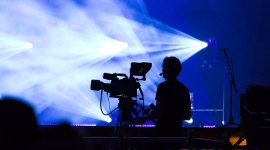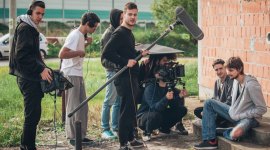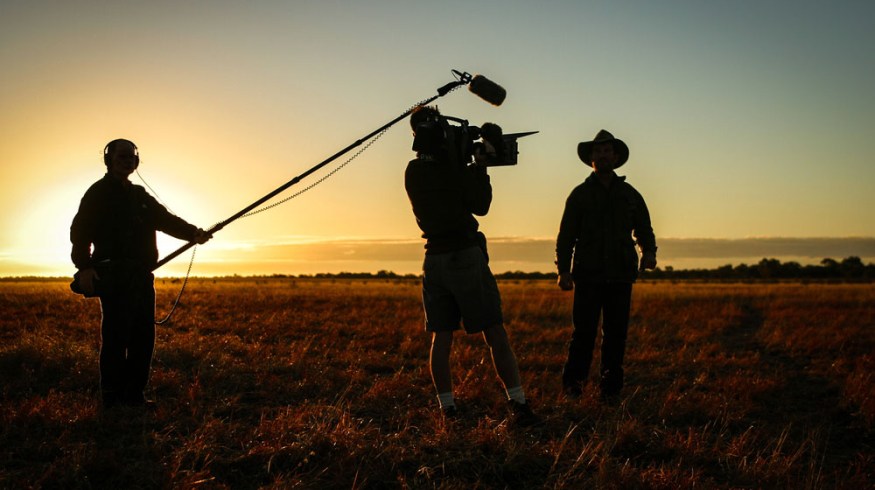
Helpful Tips Every Audio Engineer Wants You to Learn
Here’s a quick dive into the audio recording world to help save your future audio engineers some headaches.
Every department has their own lingo, terms, and unwritten rules within their area of expertise. Audio is no exception. It can be a little tough to get fluent in and understand what’s involved in audio production. Here, we’ll give you a quick dive into the audio world and, hopefully, save your future audio engineers some headaches.
Get Good Audio on Location
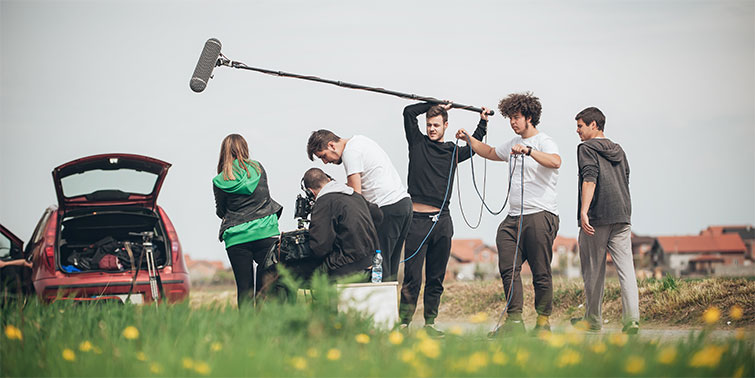
The classic adage—“We’ll fix it post”—is often attributed to the audio space. The truth is, as with most things, fixing it in post is a lot harder than doing it right the first time. Plus, audio may be the hardest thing to correct effectively in post. If you have an error in a shot, you may be able to cut away, crop-in, or even just remove the error entirely with some fancy After Effects magic.
This may not be the case with an audio flub. You can’t crop in on an audio recording, or rotoscope out the A/C humming along in the background.
A location sound engineer will have their ears tuned to listen for anything and everything that could ruin the audio for a take. Sometimes, this could stall out a shoot as you wait for an ambulance to pass or a neighborhood dog to stop barking, but be careful not to shoot the messenger. I’m fairly certain the location recordist isn’t trying to hold up the next shot on purpose. I admit, I’m guilty of saying, “Let’s just give it a go, and I’ll worry about it when I get to editing,” or “There will be music under this anyway, I’m sure you won’t be able to tell,” only to spend hours trying to rework the shot to make it sound fine later.
While those specific occurrences will go with me to the grave, if my audio engineer was aware, I’m sure he’d have given me a big old, “I told you so…”
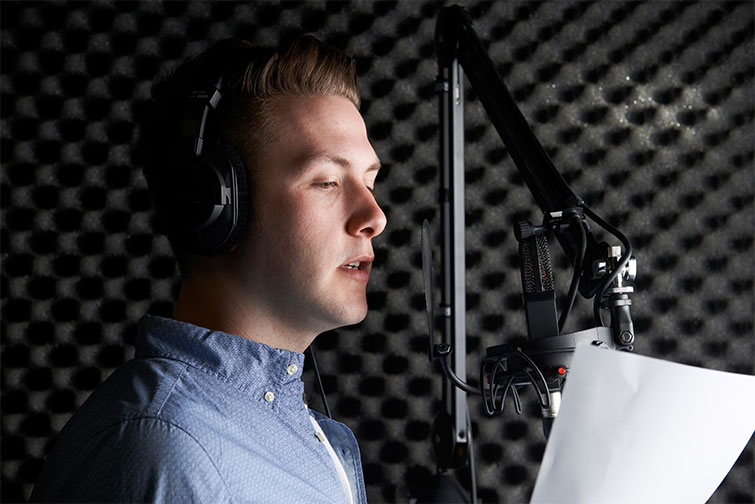
Lastly, when worst comes to worst, you may have to bring the actors or talent back in to do ADR (Automated Dialog Replacement). This is where you bring in the talent to re-record their lines and a studio to sync up to the words they said in the take. While ADR definitely has its time and place, using ADR to fix a problem can be costly and try your patience. Get it right in person and strike ADR from even being an issue.
Sound Design Can Elevate Your Project
Audio Design can sometimes be an after thought, especially when it comes to set design, lighting, and cinematography. However, just like the other, more glamorous departments, audio can be its own artform and is just as important. Audio is often that secret ingredient that you don’t quite notice, but when it’s missing, nothing feels right. Imagine a scary movie without the droning sounds or creaky floors, or a sci-fi flick without distinct laser effects and beep-boops.
Having the right ideas for what your project will sound like can take it to the next level in terms of quality. Not having any idea how sounds should work also might bring your project down a peg.
Give your audio person a chance to give their creative input on how they think things should sound, which sounds to use, and how to record the project. I’m sure they’d love to give their creative insight and bring their ideas to fruition. You may be pleasantly surprised how an actual audio professional approaches a theme or gives your ideas new life.
Different Applications Require Different Microphones
If you’re familiar with how cameras and lenses work, it’d be a perfect analogy to compare audio recorders/mixers and microphones in a similar fashion. In most scenarios, you wouldn’t shoot a dramatic closeup with a super wide-angle or action cam. You’d want a more pleasing focal length with your main cam. Similarly, there are combinations of microphones and recorders that are best suited for a given shooting condition. A professional recordist may have a few different microphones to record outside dialogue, indoor dialogue, interviews, music, inclement weather, or sound effects.
When choosing to record dialogue for a narrative project, they may turn to the gold standard in dialogue mics, the Sennheiser MKH 416. The MKH 416 has nice sensitivity and recording range that makes it perfect for speaking parts, but not situations where you need to isolate sounds.
A RØDE NTG5 would be one choice when recording on location, sound effects, or general recording purposes. With a lot of off-axis rejection, it’s better-suited for isolating sounds when there may be other distracting noises nearby.
If you’re looking to do a studio voiceover, your recordist may opt into something like the Shure SM7B. This microphone is a nice choice for recording vocal tracks. It’d also have a difficult time on a moving location set and is best suited for a controlled studio setting. You may get some funny looks if you suggest using this microphone in a run-and-gun fashion.
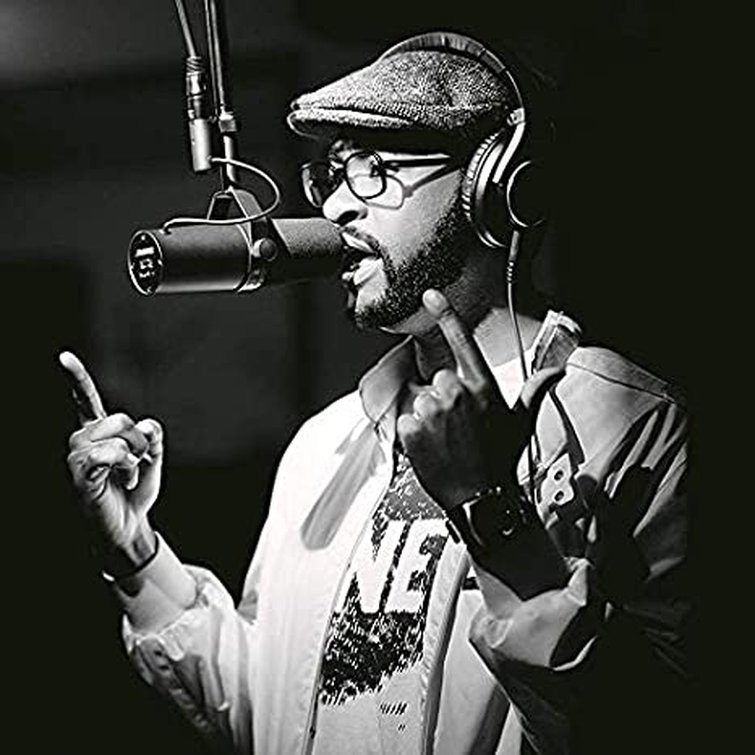
Every microphone has its best use-cases. Whether it’s the frequencies the microphone is suited for, the pickup pattern, or even its ruggedness (possible synonym for expendable). Allow your audio engineer to give their input on how to record your project and the tools they prefer to use.
Short List of Audio Terms
Here’s a shortlist of audio terminology and language used when talking in the audio recording space. This is by no means an exhaustive list, but should get you started and on your way to talking like an audio professional.
- Mixing – Tweaking and adjusting each audio track within a scene to be clearly heard and have a definitive presence. This could also include adding effects, adjusting audio levels, and bringing in a score.
- Mastering – Smoothing out the entire project’s audio as a whole, and ensuring the audio has a uniform sound and feel. This may not be applicable to every project.
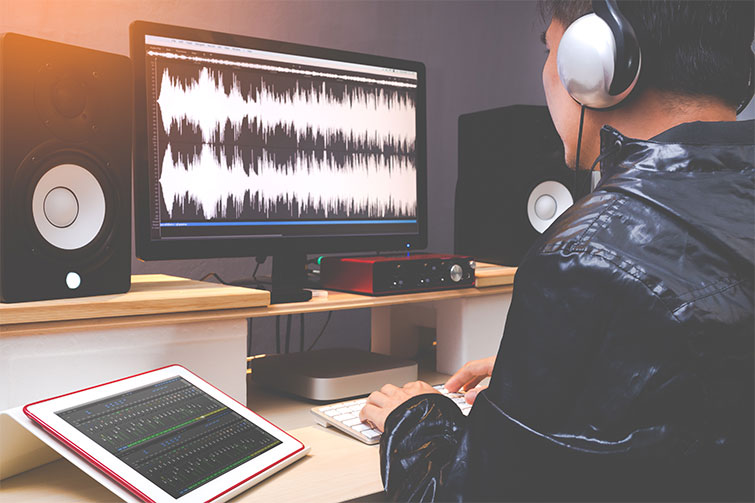
- Peaking – The highest level the audio recording reaches within a track or scene. “The audio is peaking around -6db.”
- EQ – Short for equalization. Changing the balance of an audio track’s frequencies. Changing the EQ on a track could be adjusting the treble, bass, or adjusting frequencies to make dialogue more pleasant or clear.
- Clipping – The point in which an audio level is amplified to the recorder’s threshold, resulting in distortion and unrecorded portions on the track.
- Frequency – Measured in Hertz (Hz). The spectrum of sound from low (bass) to high pitch.
- Noise Floor – The amount of noise a piece of audio equipment naturally creates.

- Gain – The amplification of the audio signal. Adding gain adds noise. Similar to a camera’s gain or ISO.
- Reverb – Sounds that are reflected off of the recording space back into the microphone. This is a complex form of echo.
- Wet – A recording or room with a lot of reverb present
- Dry – A recording or room with little-to-no reverb present.
Audio and audio recording is a deep field and we’ve just scratched the surface. There’s quite a bit to learn and master, as it’s an important part in any production. Hopefully this gives you a little peek into the mysterious department of audio production, providing you with further insight for working with audio professionals.
Cover image via Janelle Lugge.
For additional tips, tricks, and audio advice, check out these articles:

